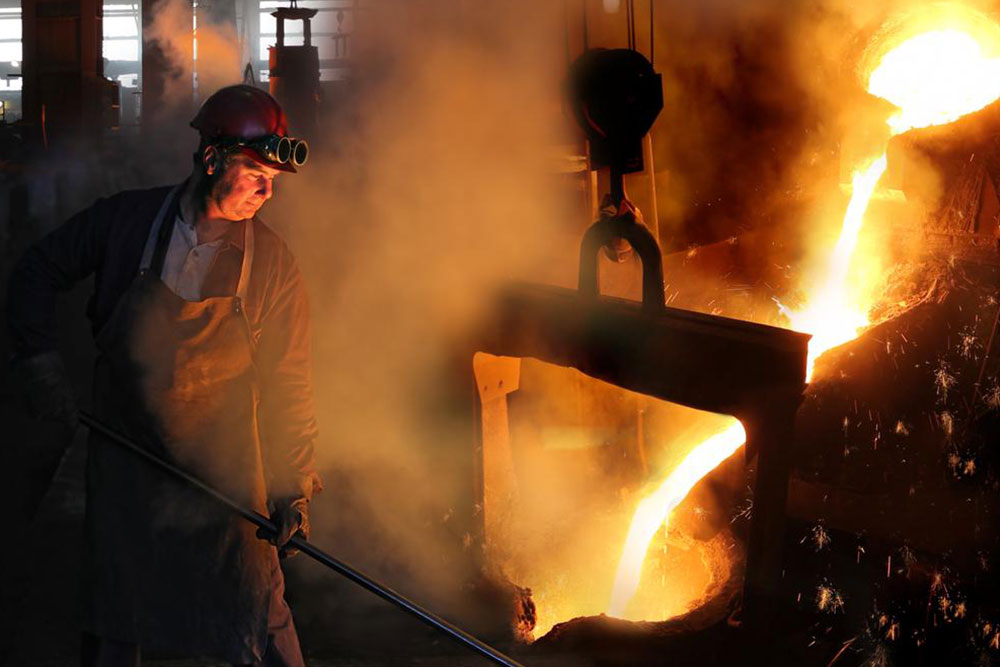Revolutionizing Oil Heating: From Scientific Foundations to Modern Necessity
This article explores the evolution of oil heating technology, from its scientific foundations to its vital role in modern residential heating systems. It discusses the mechanics of oil furnaces, the benefits and costs associated with heating oil, and the ongoing innovations aimed at improving efficiency and reducing environmental impact. As a key part of home comfort and energy infrastructure, oil heating continues to adapt through technological advancements, ensuring its relevance in today's energy landscape.

Revolutionizing Oil Heating: From Scientific Foundations to Modern Necessity
The evolution of heating services over the decades reflects significant advancements in technology and societal needs. Today, heating systems are no longer mere appliances; they are essential components of our daily comfort and energy efficiency. Modern oil heating systems exemplify this progression, combining scientific principles with practical application to meet contemporary standards of reliability, safety, and efficiency.
Historically, service industries centered around the support and maintenance of products like heating appliances, ensuring durability and customer satisfaction. Over time, this support has expanded into comprehensive solutions that incorporate technological innovations, environmental considerations, and user-friendly features, transforming the way we manage indoor climate control.
Heating oil remains one of the most prominent fuels used in modern residential heating systems. It has historically played a vital role in warming homes across many regions, especially where natural gas infrastructure is limited or unavailable.
At the core of residential oil heating is the furnace, which uses fuel—primarily heating oil, a refined petroleum product—to generate heat. This system relies on combustion, where fuel mixes with air and burns within a sealed chamber, producing heat energy. The heat is transferred to a metal heat exchanger, warming the surrounding air.
This warm air is then circulated through a network of ducts by fans, distributing heat efficiently throughout living spaces. This process underscores the importance of scientific engineering principles that optimize combustion, heat transfer, and airflow to create comfortable indoor environments.
Heating oil, also known as kerosene, originated from petroleum distillation and has been used for domestic heating for decades. Its applications extend beyond simple home warmth; historically, it powered stoves and lamps before evolving into the sophisticated heating systems we utilize today.
Despite its advantages, including proven reliability and energy density, heating oil can be costly. Average winter heating expenses can reach approximately $2,171 per season, reflecting the influence of fuel prices and energy market fluctuations. These costs have spurred ongoing research into more energy-efficient alternatives and technological improvements in heating systems.
Nevertheless, the dependability of oil heating systems ensures their continued relevance, especially in areas where switching to alternative fuels may not be immediately feasible. As energy technology advances, hybrid systems and cleaner-burning fuel formulations aim to reduce environmental impact while maintaining performance.
Overall, the transformation of oil heating from a basic scientific application into a crucial service underscores the importance of integrating engineering, environmental science, and consumer needs. This evolution highlights how technological progress can enhance traditional energy sources, making them more efficient, sustainable, and aligned with modern living requirements.





